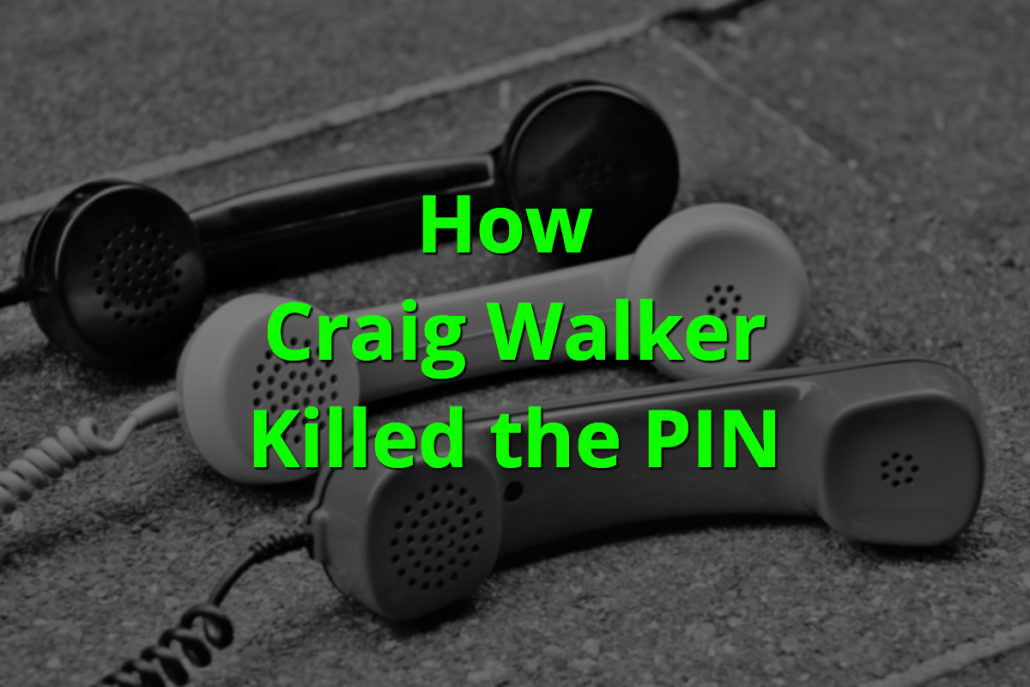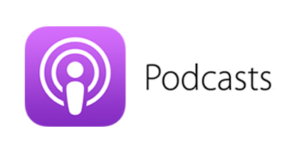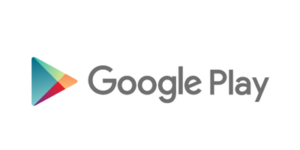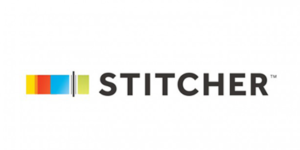The killing of the conference call PIN is a case study in disruption.
Search for B2B Revealed on your favorite podcast player (iTunes, SoundCloud, Stitcher, and more) to subscribe.
In this episode, Cascade Insights CEO Sean Campbell chats with Craig Walker, CEO of Dialpad, the makers of UberConference. Walker is an expert innovator in the field of Voice Over Internet Protocol (VoIP).
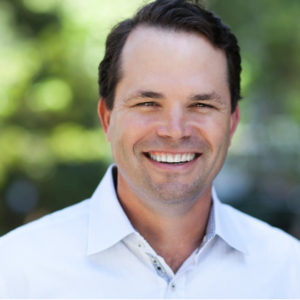
For many companies, conference calls have undergone little change since the 1980s. Each invite to an old-fashioned meeting fills Walker with surprise. “It shocks me when… I look at my calendar appointment and it says, “Dial this number and here’s this giant access code…to join the conference,” Walker said. “Then you call in, there’s a code, you hear a beep, [and] you have no idea who is in the room. You have no idea who’s talking. Literally, that was the state-of-the-art when I was in high school.”
Frustrated with cumbersome access keys and poor-quality conference calls, Walker decided enough was enough. Dialpad created UberConference, a system that allows users to join conference calls sans PINs. UberConference also provides mobile apps and links so users can view who else is participating in the conference. “[When] someone is talking, we’ll show you who it is,” Walker explained. “It just makes sense to be able to have this conference call where you don’t spend the first 15 minutes trying to figure out who is there and identify people by their voices.” Additionally, conference hosts can simply evict any participants they don’t recognize. Conference calls may also be locked so that no additional participants may join.
The participant visibility feature provides far more security than traditional conference calls, in Walker’s opinion. Walker pointed out that anyone with a traditional conference call PIN could listen in anonymously. Particularly if they know regular meeting times, a hostile party could easily gain access to sensitive information.
Oddly, the tech world has been slow to move on from ponderous access keys. “Why did it take us so long to just give somebody a phone number as opposed to this crazy thing with the PIN?” Campbell asked.
Cost is a major reason. “It’s a heck of a lot cheaper for the service provider to get one phone number for every 10,000 users versus having to go get 10,000 phone numbers for 10,000 users,” Walker said. At least, that’s true for most web conferencing companies.
Walker had a way around this complication. From past experience in product management at Google Voice, Walker was familiar with how to acquire and manage millions of phone numbers.
Walker explained that several requirements must be met in order for the North American Numbering Plan Administration (NANPA) to give out phone numbers at this scale. For example, only licensed carriers with the Federal Communications Commission (FCC) with equipment in the rate centers they want phone numbers in and the ability to provide service there may be considered. The phone numbers are given basically for free to carriers that meet the requirements, according to Walker. “Legitimately they don’t cost AT&T, Verizon, Level 3, any of those guys. They don’t pay for the numbers,” he said. “We realized, ‘Hey, if we can partner with carriers that have a footprint in all the places we want them, we can do it at scale. We can get them to get us numbers and they don’t pay anything for it. But we’ll pay them a small amount.’”
This solution is not without its complications though. Phone numbers are given out in blocks of 10,000, sometimes for areas with only a couple hundred residents. This has led to a few awkward calls with Public Utility Commissions officials. “So, it got into these really weird esoteric debates on how we’re happy to give the numbers back,” Walker said. “We only need 200 but the only way NANPA would give it to you was 10,000 at a time. ”
Nevertheless, the solution has been working. “We figured out who all the providers were who had access to these [phone] numbers and then we basically cut economic deals with them to be able to get [the phone numbers],” Walker said.
Listen to the full episode for the inside scoop on how Walker turned an unaddressed pain point into disruptive innovation.
Unmet Market Needs = Opportunity
The market is fluid and constantly evolving. Great innovators don’t wait for it to change for the better, they change it themselves. Check out our episode on disruption and evaluate whether your market assumptions are still true.
Need more B2B brilliance? Check out the many ways you can follow us.

